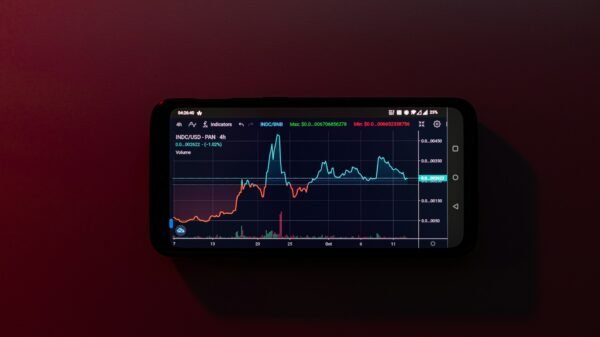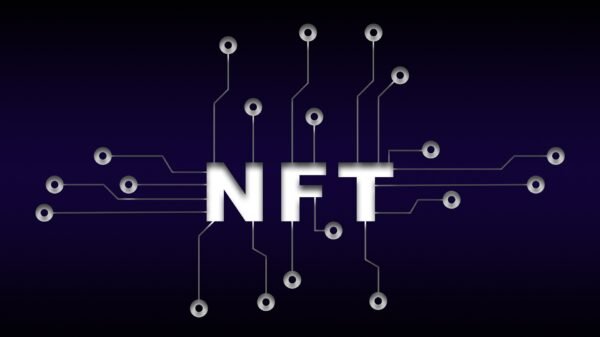Introduction to Bitcoin Realized Price
Bitcoin realized price is a crucial metric in the realm of cryptocurrency market analysis. Unlike the traditional market price, the realized price offers a more nuanced understanding by considering the value of all bitcoins at the price they were last moved. This metric provides investors and analysts with valuable insights into the behavior and sentiment of the market participants.
The concept of realized price is calculated by taking the value of each Bitcoin at the time it was last transacted, summing these values, and then dividing by the total supply of Bitcoin. This calculation results in a number that reflects the aggregate cost basis of all bitcoins in circulation. When the market price exceeds the realized price, it indicates that the market is in a state of profit. Conversely, when the market price is below the realized price, it suggests that the market is in a state of loss.
Understanding the significance of the realized price can be instrumental in predicting market trends. It serves as a benchmark for assessing the overall profitability of the market. By examining the relationship between the market price and the realized price, investors can gauge market sentiment and potential turning points. For instance, when the market price dips below the realized price, it may signal an opportunity to buy, as historical data suggests that such periods often precede market recoveries.
Bitcoin Magazine Pro’s realized price charts are an invaluable tool for investors seeking to make informed decisions. These charts provide a visual representation of the realized price over time, allowing users to identify trends and patterns that may not be immediately apparent through other metrics. By incorporating realized price analysis into their investment strategies, investors can enhance their ability to navigate the volatile cryptocurrency market more effectively.
Understanding and Applying Bitcoin Realized Price
Bitcoin realized price represents the average value of all bitcoins in circulation based on the price at which each coin was last moved on the blockchain. This metric provides a more nuanced understanding of the market by offering insights into the aggregate cost basis of investors. Unlike the traditional market price, which reflects the most recent transaction price, the realized price offers a historical perspective, capturing the economic behavior of all participants over time.
One of the fundamental roles of the bitcoin realized price is to serve as an indicator of market sentiment. When the market price of Bitcoin is above the realized price, it generally signals that the market is in a state of profit, often indicative of bullish sentiment. Conversely, when the market price falls below the realized price, it suggests that the market is in a state of loss, potentially signaling bearish sentiment. This dynamic makes the realized price a valuable tool for traders and investors aiming to gauge the overall health of the market.
Beyond gauging sentiment, the bitcoin realized price is also crucial for identifying potential buying and selling opportunities. During periods when the market price drops below the realized price, it may indicate an opportune moment to buy, as the market could be undervalued. Conversely, when the market price significantly exceeds the realized price, it might be a signal to consider selling, as the market could be overvalued. By analyzing the deviations between the market price and the realized price, investors can make more informed decisions and potentially enhance their trading strategies.
Overall, the application of bitcoin realized price extends beyond mere observation. It provides actionable insights, helping investors and traders to understand market trends and make data-driven decisions. By integrating this metric into their analytical toolkit, market participants can better navigate the complexities of the cryptocurrency landscape, ultimately unlocking the power of bitcoin realized price to predict market trends.
Historical Significance and Market Trends
Bitcoin realized price has emerged as a valuable metric in the realm of cryptocurrency analysis, particularly for its utility in predicting market trends and identifying pivotal moments in the market cycle, such as bottoms and bullish crossovers. Historically, the realized price—defined as the market cap of Bitcoin divided by the number of coins in circulation—serves as a more grounded valuation metric compared to traditional market price, which is often swayed by speculative forces.
One of the key insights derived from the historical analysis of bitcoin realized price is its role in signaling the end of bear markets. A notable indicator is the bullish crossover signal, which occurs when the market price crosses above the realized price. This event has consistently marked the conclusion of bear markets and the onset of new bullish phases. For instance, the bullish crossovers observed in 2015 and 2019 were followed by substantial price rallies, reinforcing the reliability of the realized price as a predictive tool.
Moreover, the realized price has historically been a marker of long-term market bottoms. During periods of market capitulation, the market price often falls below the realized price, indicating that the majority of market participants are holding their assets at a loss. These periods of undervaluation typically precede significant upward movements, as was witnessed in the aftermath of the 2018 bear market. Thus, the realized price serves not only as a floor for market valuation but also as a launchpad for subsequent bull runs.
Additionally, the realized price has played a crucial role in shaping long-term market trends. By providing a realistic valuation benchmark, it helps investors and analysts gauge the true health and stability of the market. This, in turn, informs more strategic investment decisions, mitigating the impact of short-term volatility and fostering a longer-term perspective on market dynamics.
Predicting Market Trends with Realized Price
Understanding the concept of bitcoin realized price is fundamental for anyone looking to predict market trends and identify potential reversals. The realized price represents the average price at which all bitcoins were last moved, offering a comprehensive view of the market’s overall cost basis. By analyzing this metric, investors can gain insights into whether the market is in a state of profit or loss, and thereby anticipate potential market movements.
One of the key methodologies for utilizing realized price in market trend prediction involves comparing it with the long-term holder (LTH) realized price. Long-term holders generally possess a more stable and less reactive investment strategy, making the LTH realized price a crucial indicator of underlying market sentiment. When the realized price crosses above the LTH realized price, it often signals a bullish trend, suggesting that the market is moving out of a period of accumulation. Conversely, when the realized price falls below the LTH realized price, it may indicate a bearish trend, hinting that the market is entering a phase of distribution.
In addition, Bitcoin Magazine Pro’s realized price charts and market analysis provide valuable insights that further enhance the predictive power of this metric. By examining historical data and trends, these charts reveal patterns that can be instrumental in forecasting future market behavior. Investors and analysts can leverage these insights to make informed decisions, staying ahead of the curve and mitigating risks associated with market volatility.
A thorough understanding of the relationship between bitcoin realized price and market trends equips investors with the tools needed to navigate the complex landscape of cryptocurrency trading. By integrating realized price analysis into their strategies, market participants can better identify periods of potential growth or decline, ultimately optimizing their investment decisions and fostering more resilient portfolios.







































































Pingback: NFT vs Crypto: A Comprehensive Guide to Understanding the Difference